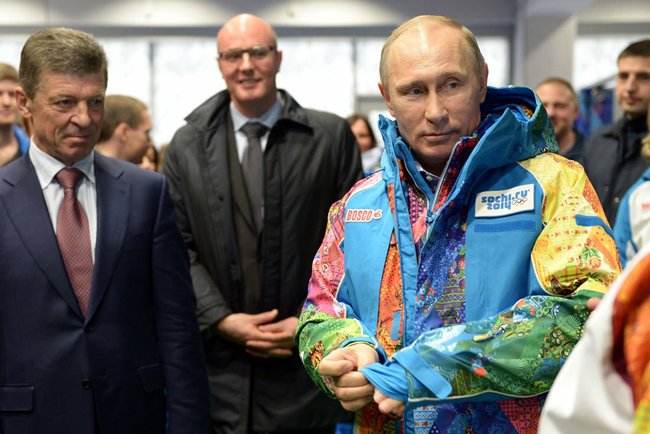Guest post by Sooyeon Kang
As protests over the deaths of George Floyd, Breonna Taylor, and Ahmaud Arbery—among others—continue, the legitimacy of America’s laws and the enforcers of such laws have come to the fore. The crisis that was triggered by a video of police brutality has put demands for police reform at the center of the protesters’ agenda, with the Black Lives Matter movement explicitly calling for a national defunding of the police. In response, President Trump has taken a hard-line stance, referring to certain protesters as “thugs” and “terrorists,” defending murderous acts of police officers, and threatening to deploy active-duty troops in American cities.
As President Trump continues to take an aggressive “law and order” approach, explicitly and implicitly condoning forceful policing, will the demands of protesters escalate—namely, to a call for Trump’s resignation?
Both the literature on civil resistance and state repression, as well as the recent wave of protests around the world, show that the use of repression as a means to quell dissent can backfire. Contrary to the conventional wisdom that state violence can effectively demobilize protests, the evidence shows that state repression can actually fuel protests and cause them to grow in size, force, and demands.
For example, in Hong Kong, attempts to repress nonviolent protests increased turnout at subsequent protest events, and catalyzed public opinion in support of the movement’s demands and against the police’s abuse of power. Protests in Chile, which began as student-led demonstrations against increased transportation fares, were similarly the targets of police violence, which both increased the size of protests and drew international condemnation. Protests in Lebanon sparked by a proposed tax on messaging applications (and fueled by frustrations over corruption) also saw clashes between security forces and protesters, and prompted the UN envoy to call for an investigation into “excessive force” used against demonstrators. In Algeria, repression of protests against President Abdelaziz Bouteflika’s fifth term as president resulted in the growth of the movement and garnered the support of Algeria’s army chief and the ruling party for the campaign.
In all of these cases, protesters’ initial demands were limited to certain policies and reforms. But heavy-handed state responses—that were perceived as unjust, unfair, excessive, or disproportional—motivated and emboldened protesters, resulting in calls for the resignation of the national leader (and the head of government in the case of Hong Kong). The state response, in other words, caused the demands of the protesters to shift—from asking something of the government to demanding that it must go entirely.
Putting aside the normative argument for why states should avoid using excessive force against its populace, this is another reason why state leaders might want to think twice before calling on the military, or any other security apparatus, to “dominate” the streets.
To be sure, every protest movement-state response combination is unique, and it’s far from clear that Trump’s heavy-handed, law and order approach could lead to demands for his resignation. Although many former government officials have publicly denounced Trump, his approval rating has dropped 7 points since May, and some Republican leaders seem increasingly uncomfortable justifying Trump’s incendiary tweets, his words and deeds remain acceptable to some Americans. Many of his loyal supporters seem committed to his re-election and only time will tell if Trump can in fact “stand in the middle of Fifth Avenue and shoot somebody” without losing his supporters.
Additionally, the current protest movement—a response not only to the murder of George Floyd but also to decades of systemic, institutionalized racism in the United States—may deem its aims to be bigger and ultimately more important than removing Trump from office. The current protests are unprecedented in scale, as well as results. Two weeks of ongoing protests changed public opinion on police reform and encouraged change at the national and state level. On June 8, for example, the Democrats took their first concrete step toward action from Washington when they unveiled legislation to combat police brutality and racial injustice. At the local level, Minneapolis officials agreed to ban the use of chokeholds, and many others have followed suit with reform bills of their own—including New York, DC, New Jersey, Dallas, and Denver. In addition, some localities have pledged to cut funding to their police departments, and redirect money to youth jobs, health initiatives, and “peace centers.” The Black Lives Matter organization has also received millions of dollars for its cause.
Ultimately, the fight against police brutality and racial injustice will not be won in a matter of weeks and months. Data on protests occurring between 1945-2013 show that the average nonviolent campaign lasts about 4.5 years. And it might not be in the movement’s strategic interest to add the removal of Trump to its list of demands. However, based on ongoing research, movement demands can escalate strategically or organically. If Trump continues to fuel the flames of unrest, he may join the ranks of world leaders who, through their support of state repression, instigate calls for their resignation. The irony would be that the most divisive president in recent memory was able to unite the country—against himself.
Sooyeon Kang is a PhD candidate at the Josef Korbel School of International Studies, a 2020-2021 Peace Scholar Fellow at the United States Institute of Peace, and a pre-doctoral fellow at the Carr Center for Human Rights.






